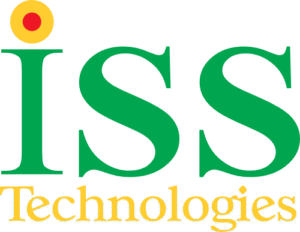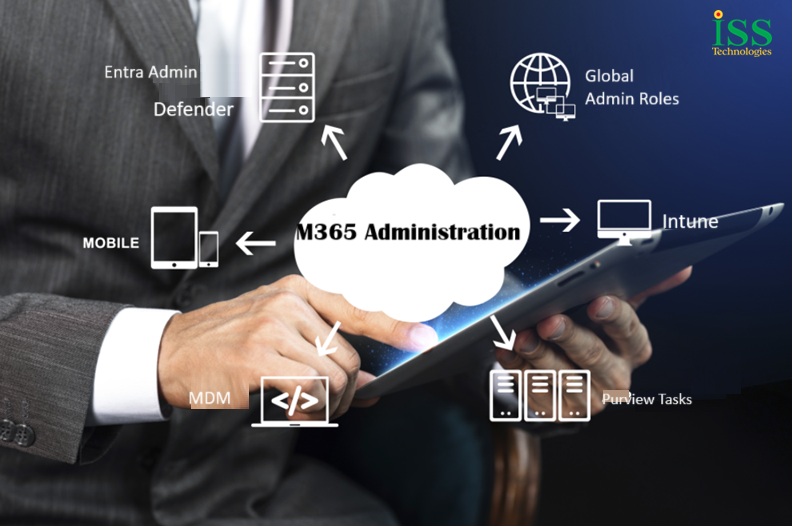
Day-to-Day Tasks and Best Practices for Microsoft 365 Administration
Microsoft 365 (M365) has become the backbone for businesses worldwide, offering productivity tools, security, and collaboration solutions. However, effective administration is critical for smooth operations and to keep your environment secure and compliant.
In this blog, lets discuss the day-to-day tasks of an M365 administrator and the best practices you should follow to manage your Microsoft 365 environment efficiently.
1. Daily Tasks of a Microsoft 365 Administrator
a) User and License Management
- Add or remove users through Microsoft Entra ID (Azure AD)
- Assign, revoke, or optimize licenses
- Manage security groups and Microsoft Teams memberships
- Reset passwords and troubleshoot MFA issues
b) Monitor Service Health and Updates
- Review the Microsoft 365 Service Health Dashboard for outages or incidents
- Check the Message Center for feature rollouts and upcoming change
c) Email and Exchange Administration
- Monitor mail flow and spam filtering in Exchange Online
- Manage shared mailboxes and distribution lists
- Troubleshoot email issues using Message Trace
d) Security and Compliance Monitoring
- Review alerts in the Microsoft 365 Security & Compliance Center
- Monitor suspicious sign-in attempts and data leaks
- Apply Conditional Access policies and DLP (Data Loss Prevention) rules
- Check Compliance Score and Secure Score regularly
e) Device and App Management
- Ensure device compliance via Microsoft Intune
- Deploy and manage apps securely
- Monitor mobile device management policies
f) Backup and Data Protection
- Verify retention policies for Exchange, Teams, and SharePoint
- Ensure data is backed up using third-party backup tools if required
2. Best Practices for Microsoft 365 Administration
a) Implement Role-Based Access Control (RBAC)
- Avoid using Global Admin for daily tasks
- Apply least privilege principle
- Use Privileged Identity Management (PIM) for elevated access
b) Strengthen Security
- Enable Multi-Factor Authentication (MFA) for all accounts
- Configure Conditional Access to block risky sign-ins
- Regularly review sign-in logs and risk detections
c) Optimize Licensing
- Audit unused licenses monthly
- Reassign licenses for inactive accounts
- Consider license downgrades or upgrades as per user needs
d) Stay Updated
- Monitor Message Center and Microsoft 365 Roadmap for upcoming changes
- Plan for updates and train users in advance
e) Automate Repetitive Tasks
- Use PowerShell scripts for bulk user operations
- Automate reporting with Power Automate
- Schedule compliance and security reports for review
f) Ensure Backup and Disaster Recovery
- Implement regular backups for OneDrive, SharePoint, and Teams data
- Test your disaster recovery plan periodically
3. Tools Every M365 Admin Should Use
- Microsoft 365 Admin Center
- Microsoft Security & Compliance Center
- Entra ID (Azure AD) Admin Center
- PowerShell for Microsoft 365
- Microsoft Intune Admin Center
4. Common Mistakes to Avoid
- Using Global Admin accounts for everyday tasks
- Ignoring Secure Score and security alerts
- Skipping user awareness training on phishing and data security
- Failing to review license usage regularly
Managing Microsoft 365 isn’t just about creating accounts and granting access; it requires consistent monitoring, security enforcement, and process automation. By following the tasks and best practices shared above, you can keep your organization’s M365 environment secure, compliant, and optimized for productivity.
We welcome your feedback and inputs. Plase submit your feedback to : feedback@isstechnologies.in
